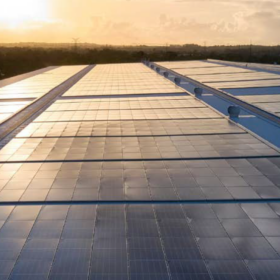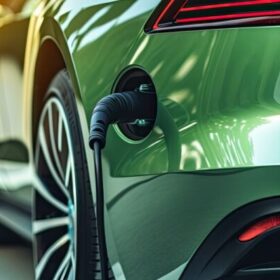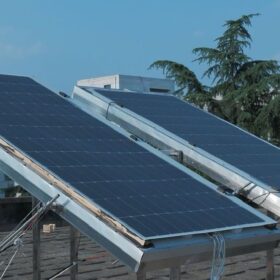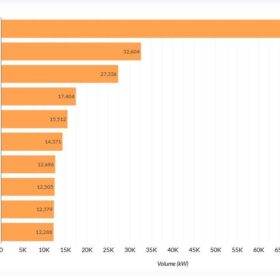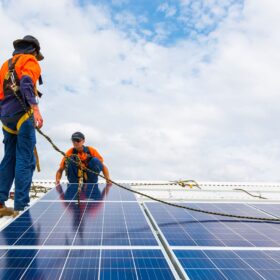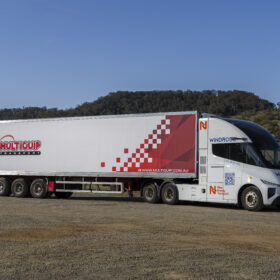IEA calls for stronger solar, wind integration measures
The International Energy Agency’s latest report warns that failing to support integration at the point of deployment could jeopardise up to 15% of solar and wind projects by 2030. This shortfall would reduce their combined share of the global electricity mix by 5%.
Australia’s future rooftop solar installs hold key to unlock 103 GW capacity: report
A new Climate Council report suggests the total potential rooftop solar capacity in Australia is 103 GW, or four times more than currently installed, and 1.5 times the capacity of utility-scale electricity generators in the National Electricity Market.
Renewables project to boost solar on Solomon Islands
The Solomon Islands Renewable Energy Development Project will finance two solar farms and a utility-scale grid-connected energy storage system on the Solomon Islands. The Asian Development Bank, SAsian Development Bank and Solomon Power are all financing the project.
Paxos unveils glass-glass PV tile with heat pump integration
Paxos Solar has developed a new glass-glass PV tile that integrates with heat pumps, featuring Longi’s back-contact solar cells. The 44 W, 59.5 cm x 48 cm tile can also produce heat for residential systems.
New standards close window to move old solar module stock before 1 October 2024
From 1 October 2024 all solar modules approved by the Clean Energy Council will be required to meet 2021 standards, including all new solar installations, unless a formal extension has been granted.
Envertech launches microinverters for PV systems with up to 60 modules
Envertech says it has developed microinverters for PV systems supporting up to 60 modules, allowing up to four modules per unit with separate maximum power point tracking.
Major electricity retailers join Ausgrid flexible resources pricing trial
An electricity pricing model trial that dynamically generates costs through a virtual power plant to unlock benefits for and from consumer energy resources has been expanded beyond its initial 200 participants.
Lightweight ventilated BIPV system for low-load rooftop applications
Scientists in China have designed a ventilated building-integrated photovoltaic system that relies on flexible solar modules with a weight of 6 kg/m2. The system also uses an airflow channel under the PV panels to reduce their operating temperature and increase their power yield.
Origin tops install rates as rooftop rollout reaches 278 MW for month
Origin Energy emerged as Australia’s largest rooftop solar installer in August with new data showing the nation’s households and businesses bolted on more than 28,000 PV systems with a combined capacity of more than 278 MW.
Global market comparison study ranks Australia 10th in race to renewables
A study forecasting 39 country’s renewable energy generation per capita and net zero emissions target ranks Australia tenth in the world based on a projected 4.79 TWh of renewable generation per million people by 2028.

